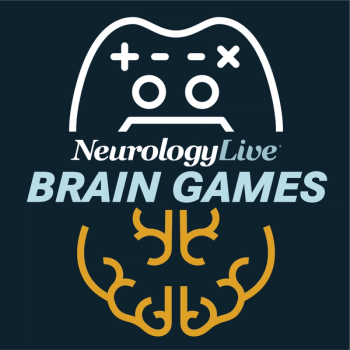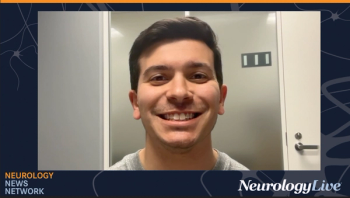
Samelisant Significantly Reduces Excessive Daytime Sleepiness in Phase 2 Narcolepsy Study
Key Takeaways
- Samelisant significantly reduced excessive daytime sleepiness in narcolepsy patients, showing a meaningful decrease in Epworth Sleepiness Scale scores compared to placebo.
- The agent, a selective inverse agonist of histamine 3 receptors, enhances histaminergic neurotransmission, promoting wakefulness without directly stimulating monoaminergic systems.
A phase 2 study shows samelisant significantly reduces excessive daytime sleepiness in narcolepsy, paving the way for further research and development.
Findings from a phase 2 study (NCT04072380) testing investigational samelisant (Suven Life Sciences) as a monotherapy for patients with narcolepsy revealed that treatment with the agent led to a significant effect on excessive daytime sleepiness (EDS) in these patients. Overall, the data further support its development in a phase 3 study, expected to be initiated this quarter.1
In this randomized, proof-of-concept study of 190 patients with narcolepsy and EDS, treatment with samelisant led to a statistically significant decrease in the primary end point of Epworth Sleepiness Scale (ESS) scores over a 14-day period (P <.024). Relative to placebo, those on the agent had a clinically meaningful reduction of –2.1 points in total score.
The data were presented at the
An investigational agent, samelisant works as a selective inverse agonist of histamine 3 receptors, an approach becoming more common to treat narcolepsy. Selective inverse agonists of histamine H3 receptors aim to treat narcolepsy and excessive daytime sleepiness by enhancing histaminergic neurotransmission in the brain. By blocking H3 autoreceptors—which normally inhibit histamine release—these agents promote wakefulness through increased activity in key arousal pathways without directly stimulating monoaminergic systems like traditional stimulants.
The phase 2 trial comprised patients aged 18 to 65 with narcolepsy and an ESS score of at least 12 with a mean Maintenance of Wakefulness test (MWT) time of less than 12 minutes. Patients were randomly assigned 1:1:1 to either samelisant 2 mg or 4 mg or placebo for a 14-day period, with secondary end points that included change in CGI-S score, CGI-C score, and PGI-C score with regard to EDS and change in MWT score.
Otherwise known as SUVN-G3031, the agent has also been tested as a
Overall, treatment with the agonist led to a decrease in wake and an increase in sleep time in the hemiparkinsonian animals. Post-samelisant treatment (10 and 30 mg/kg, orally) significantly increased cumulative wake time in the first 3 hours. In contrast, quinpirole reduced wakefulness and increased sleep in hemiparkinsonian rats. Notably, samelisant reversed these effects in a dose-dependent manner, increasing wake time and reducing both REM and non-REM sleep.
Samelisant was also studied in a phase 1 single-ascending dose and multiple-ascending dose study of healthy volunteers. Published in Clinical Drug Investigation in 2020, the therapy was shown to be safe and well tolerated up to single doses of 20 mg and multiple doses up to 6 mg once daily. Steady state was achieved on day 6 after once-daily dosing, and renal excretion of unchanged samelisant was the major route of elimination.3
REFERENCES
1. Nirogi R, Goyal VK, Ravula J, et al. SAMELISANT (SUVN-G3031) ALLEVIATES EXCESSIVE DAYTIME SLEEPINESS IN NARCOLEPSY: RESULTS FROM A PHASE-2 STUDY. Presented at: 2025 SLEEP Annual Meeting; June 8-11; Seattle, Washington. Abstract 0845.
2. Nirogi R, Benade V, Abraham R, et al. Samelisant, a H3 Receptor Inverse Agonist for the Potential Treatment of Excessive Daytime Sleepiness in Parkinson’s Disease. Presented at: 2023 SLEEP Annual Meeting; June 3-7; Indianapolis, Indiana. Abstract 0051.
3. Nirogi R, Mudigonda K, Bhyrapuneni G, et al. Safety, Tolerability, and Pharmacokinetics of SUVN-G3031, a Novel Histamine-3 Receptor Inverse Agonist for the Treatment of Narcolepsy, in Healthy Human Subjects Following Single and Multiple Oral Doses. Clin Drug Investig. 2020;40(7):603-615. doi:10.1007/s40261-020-00920-8.
Newsletter
Keep your finger on the pulse of neurology—subscribe to NeurologyLive for expert interviews, new data, and breakthrough treatment updates.































